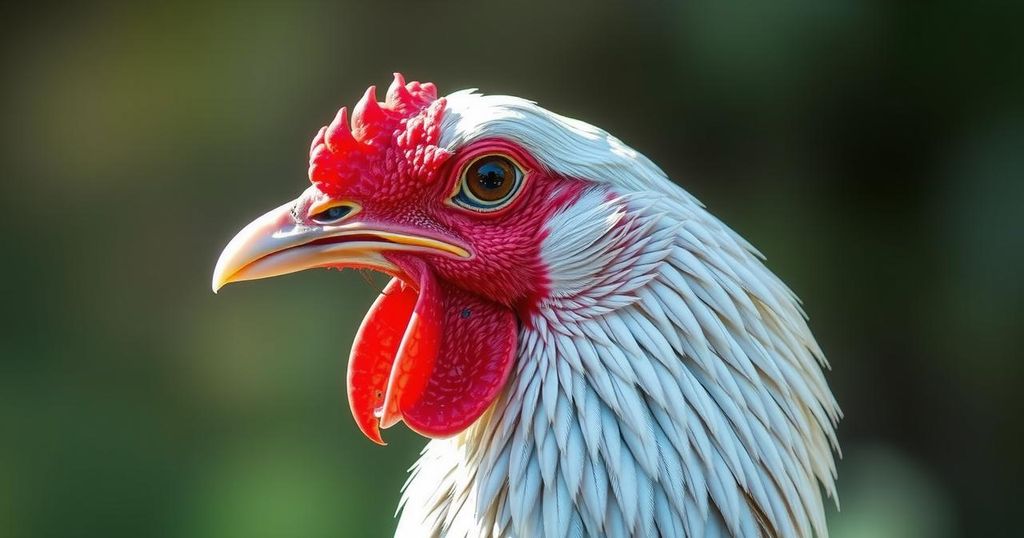The H5N1 avian influenza virus has recently killed several animals across different species and has severely affected a young girl in Canada, prompting urgent concern regarding its capacity to cross species boundaries. Experts are calling for enhanced monitoring and surveillance to track potential mutations and human cases, even as they advise against public panic.
The emergence of the H5N1 avian influenza virus poses significant concerns as it has recently demonstrated a capability to jump across species barriers, affecting various animals and a human patient in Canada. In India, three tigers and a leopard succumbed to the virus, exhibiting severe symptoms shortly before their deaths in late December. Concurrently, in California, at least eleven house cats have died due to infections linked to contaminated food. Further emphasizing the threat is a report of a thirteen-year-old girl in British Columbia, whose case of H5N1 transitioned from conjunctivitis to respiratory failure, indicating potential mutations enabling more efficient human adaptation.
This disturbing trend, with numerous cases detected across animal and human populations, has raised alarms among health experts. Anurag Agrawal, the dean of BioSciences and Health Research at Ashoka University, highlighted the pressing need to monitor the virus and its mutated variants, stating, “If there’s anything to worry about, it should be avian influenza that is seeing a jump from birds to animals to humans.” Though experts note the human-to-human transmission is not currently a significant concern, the potential for increased transmission remains.
Reports also indicate a concerning rise in cases linked to dairy farms, where the virus has affected at least 915 herds across 16 states as of early January. The expansion of the virus’s host range is further aggravated by the lack of adequate genomic tracking capabilities, as outlined in a recent editorial in the New England Journal of Medicine. Experts stress the critical need for enhanced surveillance and rapid response measures to monitor the evolution and spread of the virus.
Amid these events, health authorities in India and internationally are reinforcing biosecurity protocols and monitoring efforts to protect both humans and wildlife. Scientists emphasize that while current surveillance measures in India are active, the public should remain informed but not panic. Dr. Pragya Yadav from the National Institute of Virology remarked, “It may be worrisome but all measures and surveillance are in place.”
The H5N1 avian influenza virus is primarily known to infect birds but has recently shown an alarming capacity to infect various mammals, including domestic pets and large wild cats. Its swift spread across North America, impacting livestock and domestic animals, raises concerns about its evolving nature and increasing potential to affect human health. Given the presence of confirmed human cases of H5N1, the epidemiological implications necessitate diligent surveillance and a coordinated response to mitigate risks.
The rising incidences of H5N1 infections in both animals and humans underscore the urgent need for increased surveillance and monitoring mechanisms. While the potential for a pandemic situation is currently deemed low, the continuous mutation of the virus and its ability to breach species barriers remain critical public health concerns. Ongoing vigilance and proactive measures are essential to address these emerging threats effectively.
Original Source: www.hindustantimes.com






